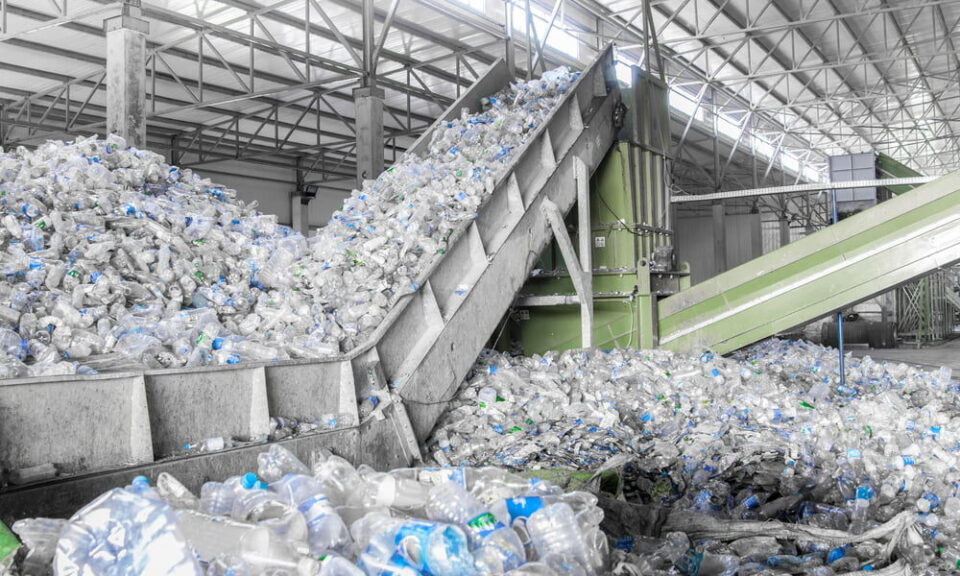Plastic is a building block in almost everything we use — from containers for our food, toys and shopping bags, to its presence in cars, clothing and even, surprisingly, medical equipment. However, in the context of recycling, it is important to note that not all plastics are created equal. Knowing which plastics can be recycled cuts down on waste and encourages better choices for a cleaner world.
Cracking the Plastic Code
Each plastic item features a triangle containing a number. This is referred to as the Resin Identification Code. It informs you of the kind of plastic you’re working with and if your neighborhood recycling center will likely take it.
Here is a primer on the seven major types of plastic:
#1 PET (Polyethylene Terephthalate)
Found in food jars and water bottles. Frequently recycled and used to make fabric, containers and carpet.
#2 HDPE (High-Density Polyethylene)
This particular type is commonly found in containers for detergents, bottles for shampoo, and jugs for milk. Also commonly accepted and recycled in piping or outdoor furniture.
#3 PVC (Polyvinyl Chloride)
In pipes and shrink wrap. Not often recycled due to toxic additives.
#4 LDPE (Low-Density Polyethylene)
Discovered in plastic shopping bags and cling film. Recyclable at designated collection points.
#5 PP (Polypropylene)
As is, in yogurt tubs and straws. Some operating sites accept it, while others do not.
#6 PS (Polystyrene or Styrofoam)
Found in take-out containers and foam cups. Challenging to recycle and not curbside-compatible.
#7 Other (Mixed Plastics)
Includes materials like polycarbonate. Infrequently recycled given the degree of sophistication.
The Real-World Challenges
Knowing which plastics are recyclable is just one aspect of the problem. (Not all recyclable plastics, it turns out, actually get recycled.) Here’s why:
- Food residue can ruin recyclability
- Certain items, such as black plastics, throw the sorting machines for a loop
- Local recycling programs are as inconsistent as they come
Check your city’s recycling rules (many require rinsing food or liquid off items) and then drop it in the bin. Tiny habits add up to a huge impact.
Technology to the Rescue
It is getting easier to deal with complex waste streams thanks to advanced recycling technology. High-tech sorting equipment, such as infrared scanners and density separators, sort plastics faster and more precisely than ever.
This is where General Kinematics comes in. Their engineered recycling machinery is specifically designed for processing mixed waste. Vibratory systems and smart screening solutions also benefit from better material purity, which is critical for turning unwanted plastics into raw material that can be used again.
Your Recycling Cheat Sheet
Want to keep it simple? Here’s a quick tip:
- #1 (PET) and #2 (HDPE) plastics only
- Anything that is greasy, wet, or food-soaked should not be recycled.
- Avoid wish-cycling — don’t toss in items you’re unsure about
If you’re ever unclear about what plastics can and cannot be recycled, refer to recycling guides from reputable outlets, or get in touch with your local center for the nitty-gritty.
Final Thoughts
Here is smart recycling, beginning with smart choices. As we get to know our plastics, and with the help of current technology, we get closer to making a zero-waste future a reality. Aided by businesses such as General Kinematics, recycling systems are becoming more sturdy, swift, and sure than ever before, allowing easier access for anyone to do their bit.

